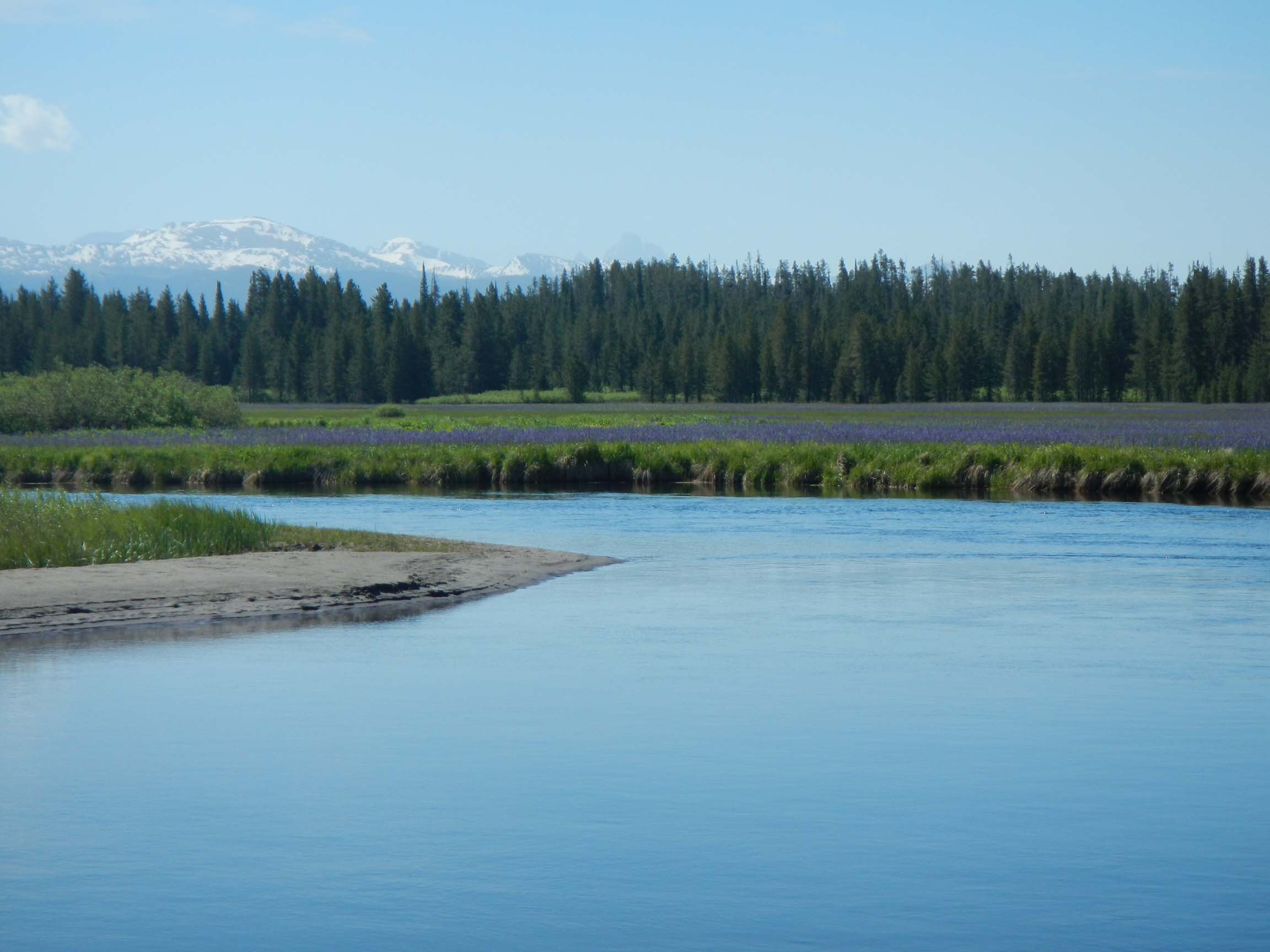Henry’s Fork, July 11th, 2023

Water quality and insect hatch Information from Dr. Rob Van Kirk’s Monday drainage water status report
Water quality us holding up well and is better than average for this time of year. Mean daily water temperatures have stayed at or below average and below last year’s values at all stations except Parker. Daily high water temperatures have exceeded 70 degrees over the past few days at Buffalo River, Pinehaven, St. Anthony, and Parker. Peak water temperatures are happening between 3:30 p.m. and 8:30 p.m. now. Dissolved oxygen concentrations are good at all locations.
Turbidity at Pinehaven increased briefly to 4.0 NTU on Friday as expected but has since dropped to less than 3.0 NTU, where it was prior to Friday’s outflow increase. For comparison, average turbidity values for the date are 6.1 NTU at the dam gates and 4.5 NTU at Pinehaven, Last year’s daily values on July 10 were 9.4 NTU and 7.9 NTU, respectively.
Timing of aquatic insect hatches has not changed much with respect to the 2014–2022 average over the past two weeks, as water temperatures have stayed close to or slightly below average. Hatch timing in the river reach between Island Park Dam and Pinehaven is 5–6 days later than average but at or a few days ahead of that in 2022.
Flow out of Island Park Dam was raised to about 1300 cfs yesterday, and since July 4th its progress graph looks like a step function as irrigation water demands kick in.The most significant insect happening is the building evening brown drake activity on the river below the US Highway 20 Bridge aside from AM spinner falls throughout the upper river. Especially from in Box Canyon down to Last Chance you will see the peak of recreational activity. Be patient and show the floating public that fly fishers are a “polite bunch.” ‘. The best way to escape the bulk of the plastic/rubber flotilla is during AM spinner falls and evening brown drake activity.






